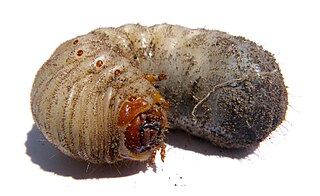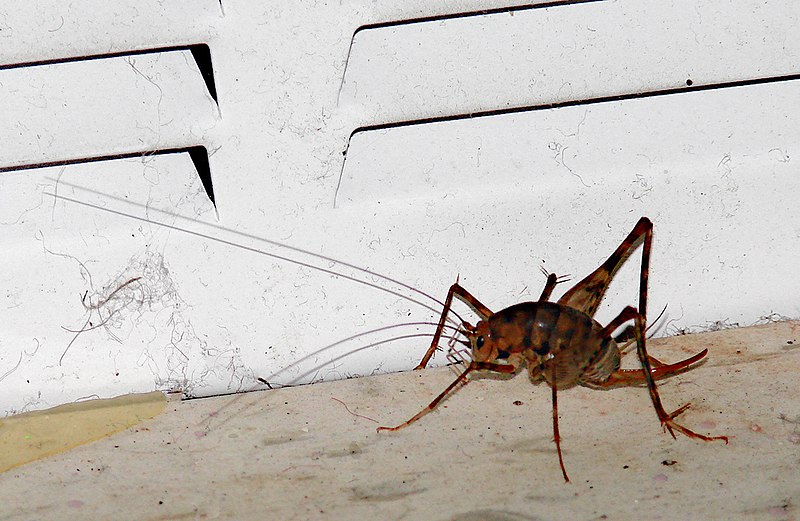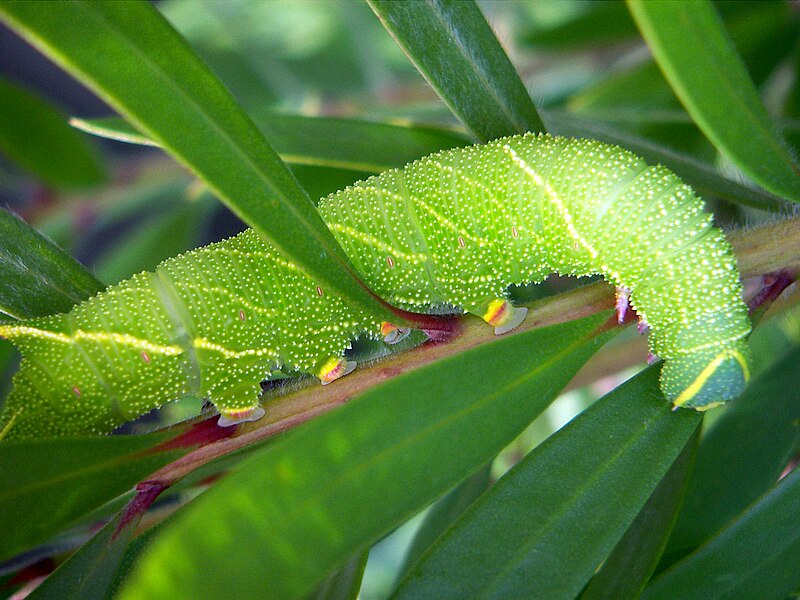From tiny Day Geckos to stout Water Dragons and lumbering Savanna Monitors, many popularly-kept lizards feed primarily upon live foods including insects and other invertebrates. The most important point for insectivorous lizard owners to remember (and one that my regular readers are sick of seeing!), is that crickets and mealworms alone, even if powdered with supplements, are not an adequate diet for any species. Dietary variety is essential. Fortunately, with a bit of planning, we can collect, breed or purchase a huge array of nutritious invertebrates for the lizards in our collections.
From specialists such as Horned and Caiman Lizards to Tokay Geckos and other generalists, the needs of individual species vary greatly. Please post below for specific information on the lizards in your collection.
Wild Caught Insects
I firmly believe that reptile keepers should place much more emphasis on collecting insects and other invertebrates. While caution concerning pesticides and toxic species is warranted (please see articles linked below), the risks can be managed. Some notable successes that I and colleagues have had with a variety of delicate reptiles can be credited in part to the use of wild-caught insects. Read More »
 That Reptile Blog – Reptile, Amphibian and Exotic Pet Care and Information
That Reptile Blog – Reptile, Amphibian and Exotic Pet Care and Information




